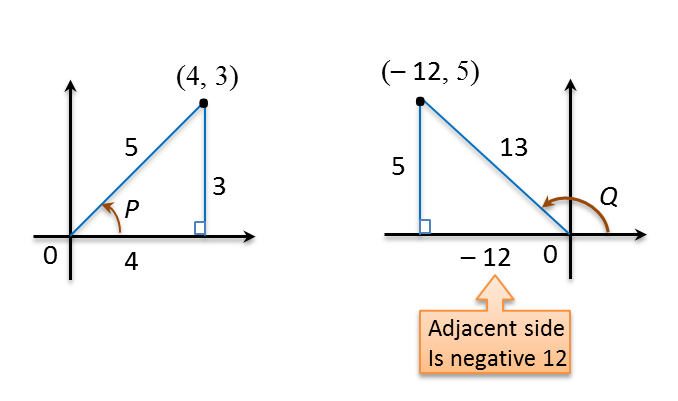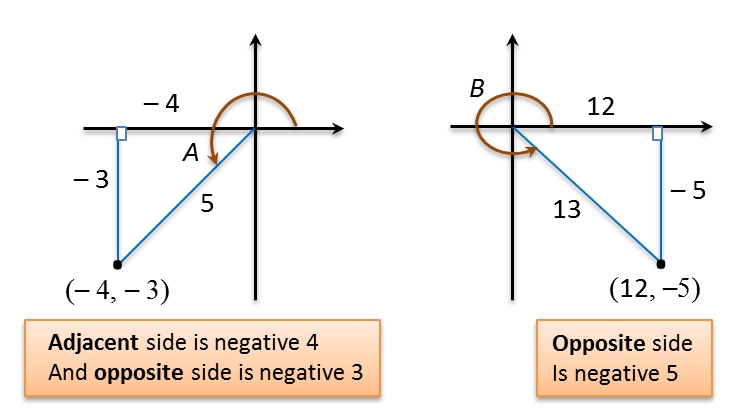Example 2:
Prove each of the following trigonometric identities.
Solution:
(a)
(b)
(c)
Example 3:
(a) Given that
such that P is an acute angle and Q is an obtuse angle, without using tables or a calculator, find the value of cos (P + Q).
(b) Given that
such that A and B are angles in the third and fourth quadrants respectively, without using tables or a calculator, find the value of sin (A – B).
Solution:
(a)

(b)

